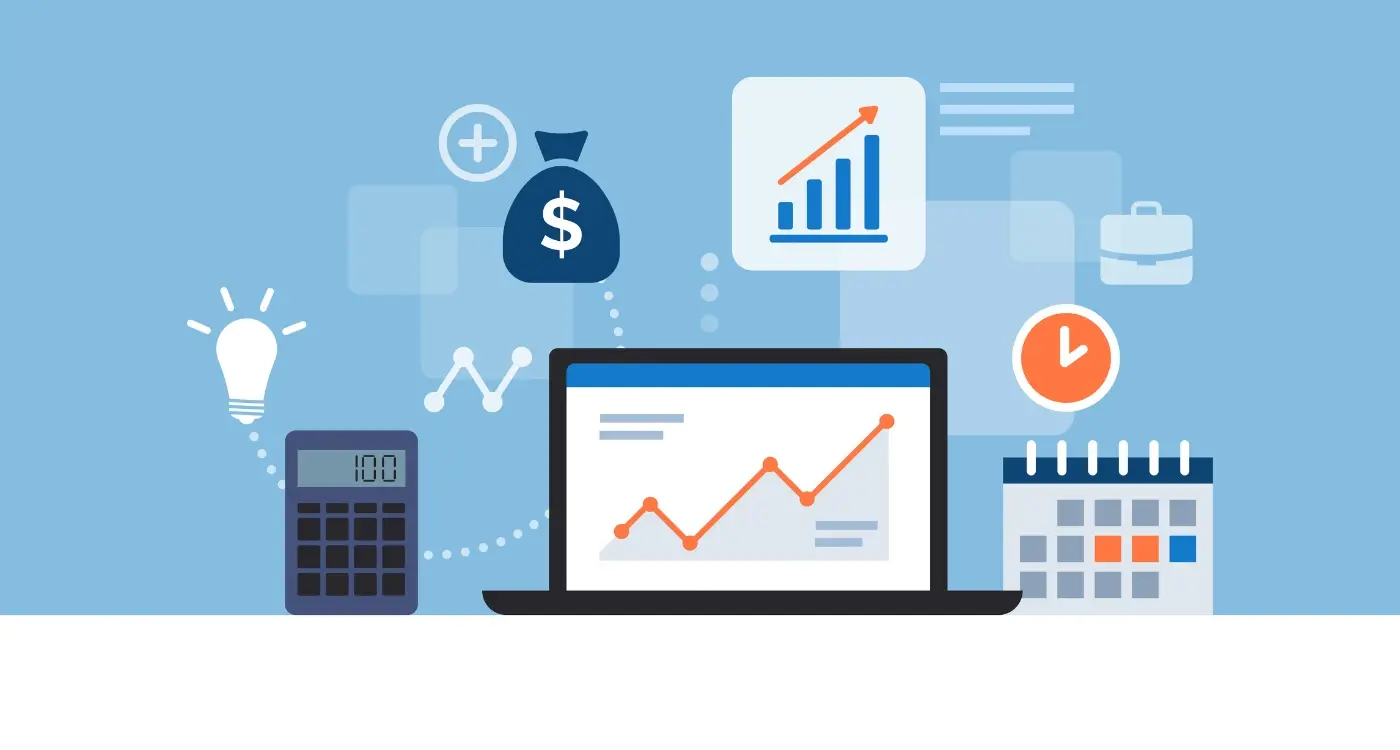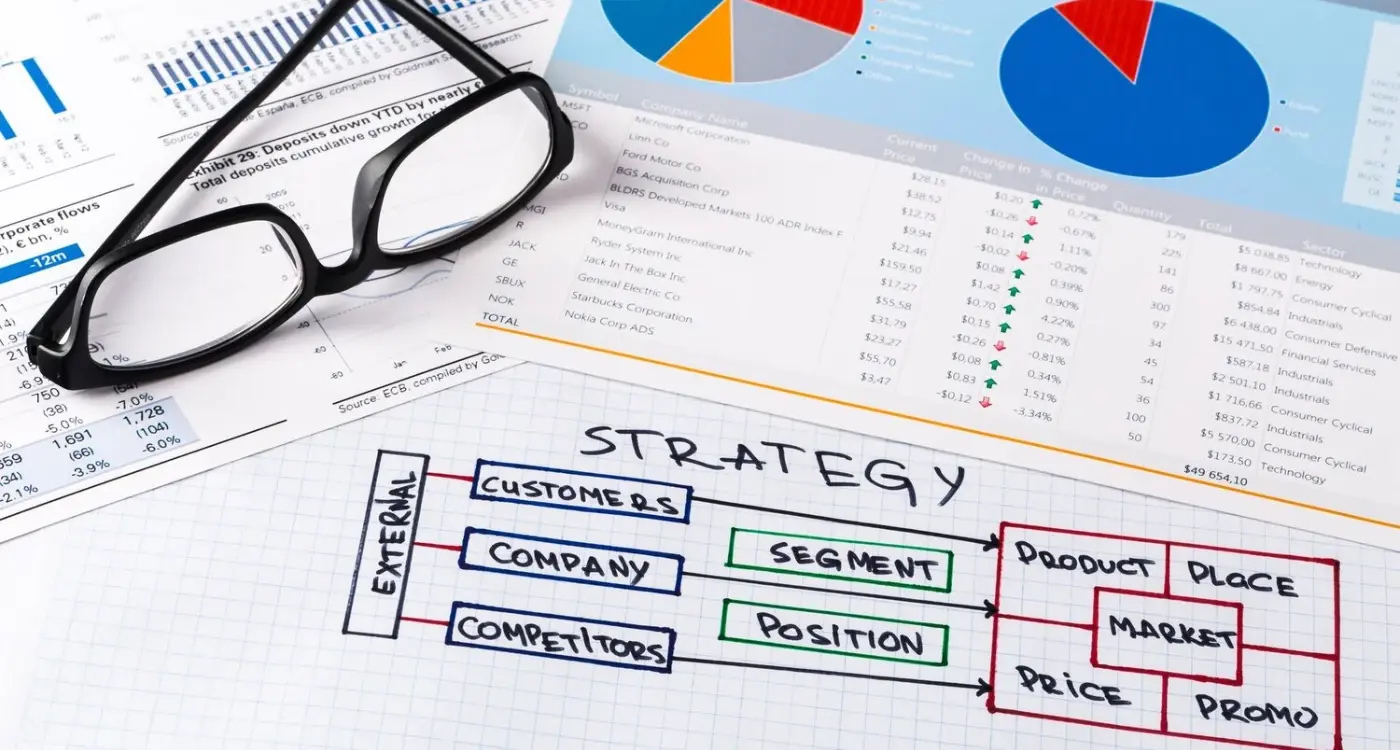Which Budget Models Work Best for App Feasibility Studies?
Building a successful mobile app starts long before you write a single line of code—it begins with understanding whether your idea is worth pursuing and how much it'll cost to bring to life. I've worked with countless clients over the years who've skipped this step, and trust me, it never ends well. They either run out of money halfway through development or discover their app idea wasn't viable after spending thousands of pounds.
App budget planning for feasibility studies isn't just about picking a number out of thin air and hoping for the best. It's about choosing the right approach that matches your project's needs, timeline, and risk tolerance. Some apps need detailed upfront analysis with fixed costs, whilst others benefit from flexible budgeting that adapts as you learn more about your market and users.
The biggest mistake I see is when people treat feasibility study costs as an unnecessary expense rather than a smart investment that could save them from building something nobody wants.
Different budget models work better for different situations—a startup with limited funds needs a completely different approach compared to an established business exploring a new market. Understanding these options before you start your feasibility analysis will help you make smarter decisions about where to spend your money and how to structure your development costs. Getting this right from the beginning sets the foundation for everything that comes next in your app development journey.
Understanding Budget Types for Feasibility Studies
When you're planning a feasibility study for your app idea, the first thing you need to wrap your head around is the different types of budgets available. It's not just about picking a number out of thin air—there are genuine strategic differences that will affect how your study unfolds and what insights you'll gain from it.
Think of budgets as falling into three main categories: fixed, flexible, and time-based approaches. Fixed budgets work like a spending cap—you set a maximum amount and everything must fit within those constraints. This approach gives you complete cost control but might limit the depth of research you can conduct. Flexible budgets, on the other hand, allow for adjustments as you discover new requirements or unexpected complexities during the study process.
Common Budget Categories
- Fixed budget models with predetermined spending limits
- Flexible approaches that adapt to findings and requirements
- Time-based budgets tied to project duration and milestones
- Hybrid models combining elements from multiple approaches
- Risk-adjusted budgets with built-in contingency planning
Time-based budgets focus on duration rather than specific deliverables—you might allocate funds for a two-week intensive study period regardless of how much ground you cover. Each approach has its place, and the right choice depends on factors like your risk tolerance, timeline pressures, and how much uncertainty surrounds your app concept.
The key is matching your budget type to your specific situation. A well-established company exploring a new market segment might prefer fixed budgets for predictable planning, while a startup with a completely novel idea might benefit from flexible approaches that can accommodate unexpected discoveries during the feasibility process.
Setting Your App Development Budget Range
Before you start any feasibility study, you need to know how much money you're willing to spend. This isn't just about pulling a number out of thin air—it's about being realistic with what you can afford and what you actually need.
Most people make the mistake of either setting their budget too low or having no budget at all. I've seen brilliant app ideas die because someone thought they could get a professional feasibility analysis for the price of a pizza. On the flip side, I've also seen people throw money at studies that could have been done for half the cost.
Start with Your Available Funds
Look at your actual finances first. How much can you spend without putting your business or personal situation at risk? This becomes your absolute maximum. From there, work backwards to see what type of feasibility study you can realistically afford.
A basic feasibility analysis might cost anywhere from £2,000 to £8,000, whilst a comprehensive study with market research and technical validation could run £10,000 to £25,000 or more. The key is matching your budget to your app's complexity and market requirements.
Consider Your App's Scope
A simple utility app needs less research than a complex social platform. If you're building something straightforward, don't overspend on analysis. But if your app involves new technology, multiple user types, or a crowded market, invest properly in understanding the challenges ahead.
Set aside 10-15% of your total app development budget for the feasibility study. This gives you enough scope for proper analysis without breaking the bank before you've even started building.
Fixed Budget Models for Feasibility Analysis
Fixed budget models are exactly what they sound like—you set a specific amount of money and stick to it, no matter what. I've worked with countless clients who prefer this approach because it gives them complete control over their spending. The beauty of a fixed budget is that you know exactly what you're getting into from day one.
When you choose a fixed budget model for your app feasibility study, you're making a commitment to work within those financial boundaries. This means prioritising features, making tough decisions about what stays and what goes, and being realistic about your expectations. It's not always easy, but it can be incredibly effective.
How Fixed Budgets Shape Your App Vision
The biggest advantage of fixed budgets is that they force you to focus on what really matters. You can't have everything, so you need to identify the core features that will make your app successful. This constraint actually helps many of our clients—it stops them from getting distracted by nice-to-have features that don't add real value.
Fixed budgets work best when you have a clear vision of your minimum viable product. You know what your app needs to do, and you're willing to save additional features for future updates. The downside? If your feasibility study reveals unexpected complexities or opportunities, you might feel restricted.
Common Fixed Budget Ranges
- Basic feasibility studies: £2,000 - £5,000
- Comprehensive analysis with prototyping: £5,000 - £10,000
- Full market research and technical validation: £10,000 - £20,000
- Enterprise-level feasibility with multiple platforms: £20,000+
Remember that fixed doesn't mean cheap—it means controlled. The key is setting a realistic budget that gives your feasibility study enough scope to provide meaningful insights without breaking the bank.
Flexible Budget Approaches
I'll be honest with you—flexible budgeting is where most successful feasibility studies happen. After years of working with clients on mobile app budgeting, I've noticed that the projects which adapt their spending based on what they discover tend to make much better decisions about whether to proceed with full development.
A flexible budget approach means you start with a base amount for your feasibility analysis, but you're prepared to adjust that figure up or down depending on what you learn along the way. Think of it as smart spending rather than rigid spending. If your initial market research reveals that your target audience is much larger than expected, you might want to invest more in competitor analysis or user interviews. On the flip side, if early technical research shows your app idea is simpler to build than anticipated, you can scale back some of the technical feasibility work.
Setting Your Flexible Framework
Start with a core budget that covers your basic feasibility study cost—this typically includes market research, basic technical assessment, and initial competitor analysis. Then establish a buffer zone of around 30-50% above this base amount. This gives you room to dig deeper into areas that matter most for your specific project.
The beauty of flexible budgeting lies in its ability to respond to discoveries rather than forcing you down a predetermined path that might not serve your project's best interests
The key is setting clear decision points where you'll evaluate whether to spend additional funds. Maybe that's after completing initial user surveys, or once you've finished technical architecture planning. This approach to development costs planning keeps you in control while allowing for thorough investigation where it counts most.
Time-Based Budget Planning
When you're planning a feasibility study, time becomes your most valuable currency. I've watched countless projects spiral out of control because nobody bothered to think about how long things would actually take—and more importantly, how much that time would cost.
Time-based budgeting works differently from other models. Instead of setting a fixed amount upfront, you're estimating costs based on the hours needed for each phase of your feasibility study. This approach gives you much better control over spending because you can see exactly where your money goes.
Breaking Down Time-Based Costs
The key is splitting your feasibility study into clear phases with estimated timeframes. Each phase needs its own budget allocation based on the complexity and resources required. Market research might take two weeks, technical analysis another three weeks, and financial projections could need a full week of detailed work.
- Research and market analysis: 15-25 hours
- Technical feasibility assessment: 20-35 hours
- User experience planning: 10-20 hours
- Financial projections and modeling: 8-15 hours
- Risk assessment documentation: 5-12 hours
Managing Time Overruns
Here's what most people don't realise—time-based budgets need buffer zones. I always recommend adding 20-30% extra time to each phase because things rarely go according to plan. User research takes longer than expected, technical challenges pop up, or stakeholders need more rounds of revisions than anyone anticipated.
The beauty of this model is transparency. You can track progress weekly and adjust future phases based on what you learn. If the technical assessment reveals your app idea is more complex than first thought, you'll know immediately rather than discovering it months later when you're already over budget.
Risk Assessment and Contingency Budgeting
Here's the truth about app feasibility studies—things go wrong. Not always, but often enough that you'd be mad not to plan for it. After years of working on these projects, I can tell you that even the most detailed feasibility analysis will hit unexpected bumps.
The smart approach is building a contingency buffer into your mobile app budgeting from day one. Most experienced teams add between 15-25% on top of their base feasibility study cost. That might sound excessive, but it's actually quite reasonable when you consider what can derail a project.
Common Risk Factors in App Budget Planning
Technical challenges pop up more often than you'd think. Sometimes the third-party APIs you're planning to use don't work as advertised—or worse, they change their pricing mid-study. Market research can uncover issues that require deeper investigation, pushing your timeline out by weeks.
- Third-party service changes or failures
- Extended market research requirements
- Technical feasibility complications
- Regulatory compliance discoveries
- Competitive landscape shifts during analysis
Start with a 20% contingency budget for your first feasibility study. You can adjust this percentage based on your project's complexity and your team's experience level.
Building Your Safety Net
The key is treating contingency budgeting as insurance, not extra money to spend. Keep this budget separate from your main development costs and only dip into it when genuine unforesoen issues arise. Some teams even split their contingency into two parts—technical risks and market risks—which helps with tracking where problems typically occur in their feasibility analysis process.
Comparing Different Budget Models
After working with hundreds of app projects over the years, I can tell you that choosing the right budget model isn't just about money—it's about matching your approach to your project's unique needs. Each model we've covered has its place, and understanding when to use which one can make the difference between a successful feasibility study and a complete mess.
Fixed budgets work brilliantly when you know exactly what you want to achieve. They give you control and peace of mind, but they can become restrictive if your project needs change direction. I've seen too many studies get stuck halfway through because the fixed budget didn't account for unexpected discoveries.
When Flexibility Beats Structure
Flexible budgets, on the other hand, give you room to breathe and explore. They're perfect for innovative app ideas where you're not quite sure what you'll uncover during research. The downside? They require more trust and can spiral out of control without proper oversight.
Time and Risk Considerations
Time-based models offer a nice middle ground—you pay for expertise by the hour or day, which works well for smaller studies or when you need specific skills for short periods. Risk-based approaches with contingency planning might cost more upfront, but they can save you thousands if things go wrong.
The truth is, most successful feasibility studies use a hybrid approach. You might start with a fixed budget for the core research, add flexible elements for user testing, and include contingency funds for unexpected challenges. The key is being honest about your project's complexity and your own tolerance for uncertainty.
Conclusion
After years of working on app feasibility studies, I can tell you that getting your budget model right from the start makes all the difference. You've now got a proper toolkit of different approaches—fixed budgets for when you need tight control, flexible models for when things might change, and time-based planning for those longer projects that need breathing room.
The reality is there's no single "best" budget model for every feasibility study. What works for a simple utility app won't work for a complex social platform with loads of features. Your choice depends on how much risk you're comfortable with, how clear your requirements are, and honestly, how much sleep you want to lose worrying about costs spiralling out of control.
Most successful projects I've seen use a hybrid approach—they start with a fixed budget for the core feasibility work, then build in some flexibility for the bits they can't predict yet. Smart app budget planning means being realistic about what you don't know and planning for it accordingly.
Remember, your feasibility study cost is an investment, not just an expense. Getting this stage right saves you from building the wrong thing or running out of money halfway through development. Whether you choose a conservative fixed model or embrace a more flexible approach, the key is picking something you can stick to and that gives you the insights you need to make informed decisions about your app's future.
Share this
Subscribe To Our Learning Centre
You May Also Like
These Related Guides

How Do I Budget for Customer Support in My App?

What Financial Metrics Matter in App Feasibility Planning?



